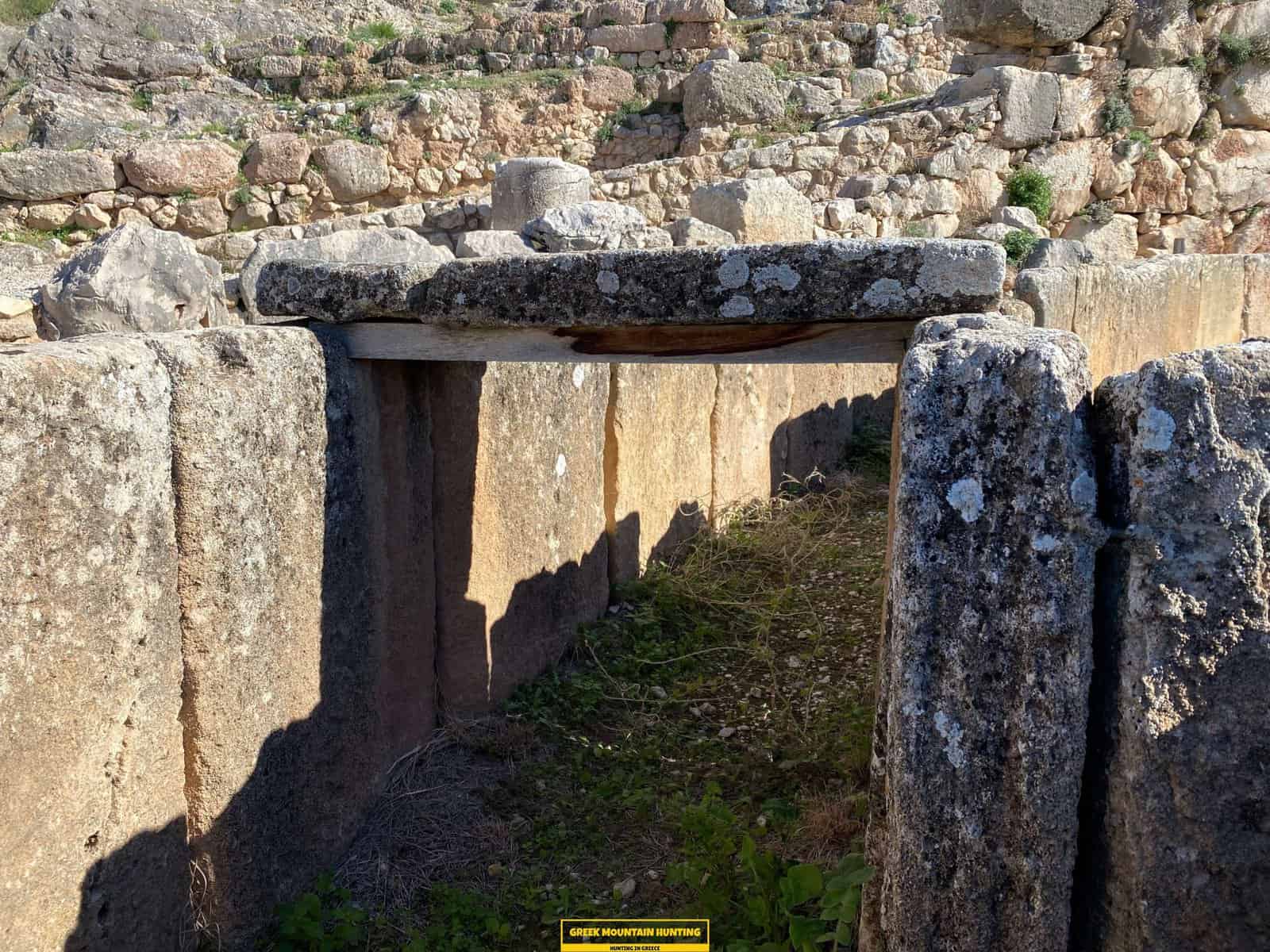Discovering the 'Real' Greece with Our Peloponnese Tours
Discovering the 'Real' Greece with Our Peloponnese Tours
Blog Article

The ibex hunt is an incredible holiday and also exciting searching expedition in Greece. It is not always a difficult hunt and unpleasant conditions for many seekers. What else would certainly you like to desire for during your excursion of ancient Greece, diving to shipwrecks, and hunting for Kri Kri ibex on an unique island for 5 days?

This Ibex is not a small type of the Bezoar Ibex, which has moved to the western edge of its array. The kri-kri (Capra aegagrus cretica), likewise referred to as the Cretan goat, Agrimi, or Cretan Ibex, is a wild goat aboriginal to the Eastern Mediterranean. The kri-kri (Capra aegagrus cretica), a feral goat inhabiting the East Mediterranean, was when believed to be a subspecies of wild goat. The kri-kri has a light brownish coat with a darker neck band. Their 2 sweeping horns increase from their head. The kri-kri is a timid and also careful animal in the wild, resting during the day. They can leap cross countries or climb apparently sheer cliffs.
What to Expect on a Peloponnese Tour? When you book among our hunting and also touring Peloponnese Tours from Methoni, you can anticipate to be blown away by the all-natural appeal of the area. From the beautiful coastlines to the forests and also mountains, there is something for every person to enjoy in the Peloponnese. Furthermore, you will certainly have the chance to taste several of the very best food that Greece needs to offer. Greek food is renowned for being scrumptious and also fresh, and you will definitely not be disappointed. Among the best components regarding our scenic tours is that they are created to be both fun and also educational. You will discover Greek background and society while also getting to experience it firsthand. This is a fantastic opportunity to immerse yourself in everything that Greece needs to supply.
So if you are trying to find a genuine Greek experience far from the hustle and bustle of tourist then look no further than Methoni in The Peloponnesos! Our outside hunting for Kri Kri ibex, angling, complimentary diving and exploring Peloponnese excursions from Methoni are the best way to discover this lovely location at your own pace with like minded people. Contact us today to reserve your place on among our tours.
What is the diference between Kri Kri ibex, Bezoar ibex and hybrid ibex
The kri-kri is not thought to be indigenous to Crete, most likely having been imported to the island during the time of the Minoan civilization. Nevertheless, it is found nowhere else and is therefore endemic to Crete. It was common throughout the Aegean but the peaks of the 8,000 ft (2,400 m) White Mountains of Western Crete are their last strongholds–particularly a series of almost vertical 3,000 ft (900 m) cliffs called ‘the Untrodden’—at the head of the Samaria Gorge. This mountain range, which hosts another 14 endemic animal species, is protected as a UNESCO Biosphere Reserve. In total, their range extends to the White Mountains, the Samaria National Forest and the islets of Dia, Thodorou, and Agii Pandes.
This Ibex is NOT a diminutive form of the Bezoar Ibex, which has migrated into the western-most reach of the range of this species. The kri – kri (Capra aegagrus cretica), sometimes called the Cretan goat, Agrimi, or Cretan Ibex, is a feral goat inhabiting the Eastern Mediterranean, previously considered a subspecies of wild goat. The kri-kri has a light brownish coat with a darker band around its neck. It has two horns that sweep back from the head. In the wild they are shy and avoid tourists, resting during the day. The animal can leap some distance or climb seemingly sheer cliffs.
“The agrimi goat Capra aegagrus cretica is unique to Crete and its offshore islands. It has been identi®ed as a sub-species of the wild bezoar goat Capra aegagrus aegagrus Erxleben, 1777, which it closely resembles in horn shape, body form and coloration. This classi®cation has been disputed by some researchers who claim that the agrimi are feral goats, derived from early domestic stock brought to the island by the ®rst Neolithic settlers. In order to clarify this issue, DNA analyses (cytochrome b and D loop sequences) were carried out on tissue of live and skeletonized agrimi and compared to sequences of wild and domestic caprines. Results conclusively show the agrimi to be a feral animal, that clades with domestic goats (Capra hircus) rather than with wild Asiatic bezoar. This study demonstrates that morphometric criteria do not necessarily re¯ect genetic af®nities, and that the taxonomic classi®cation of agrimi should be revised.”
Report this page